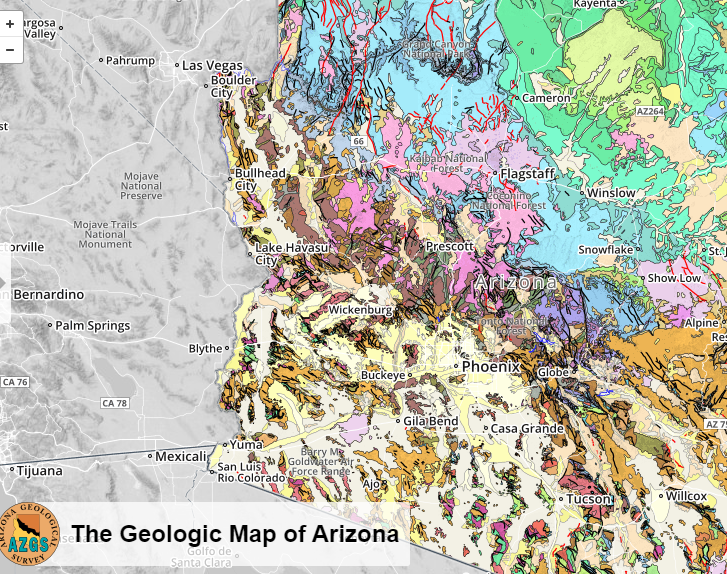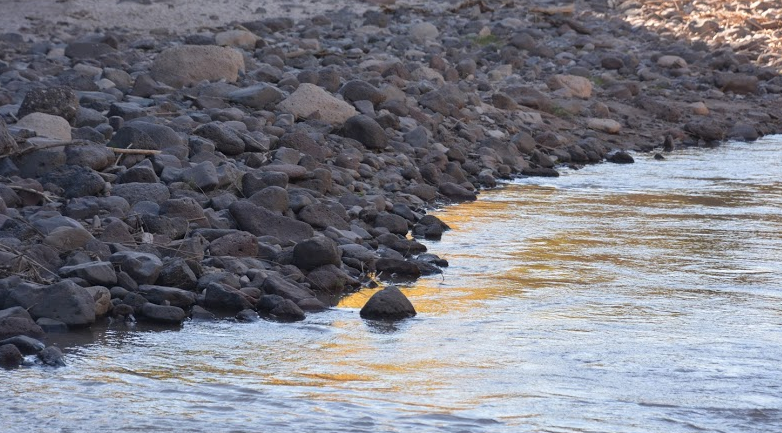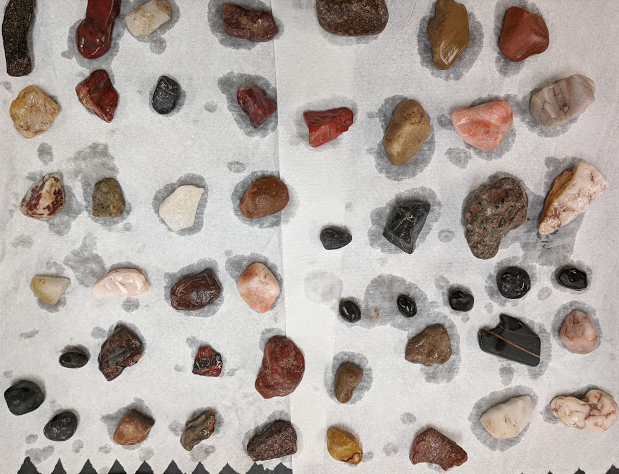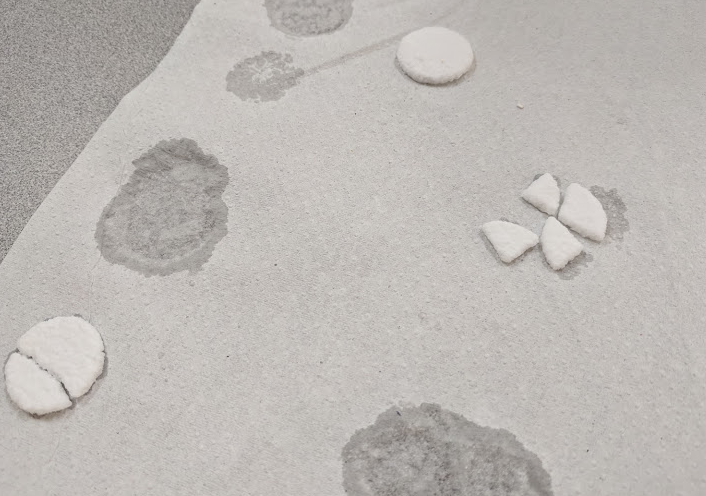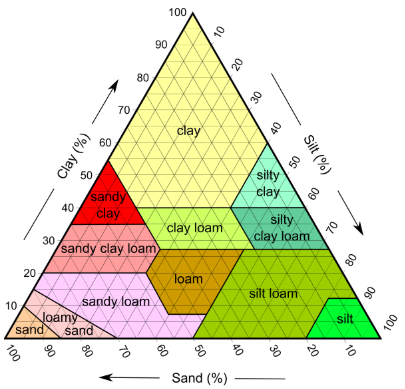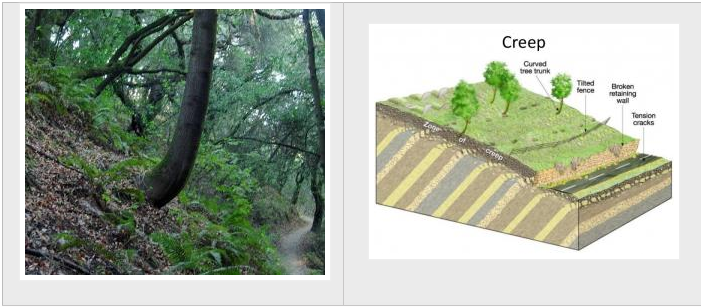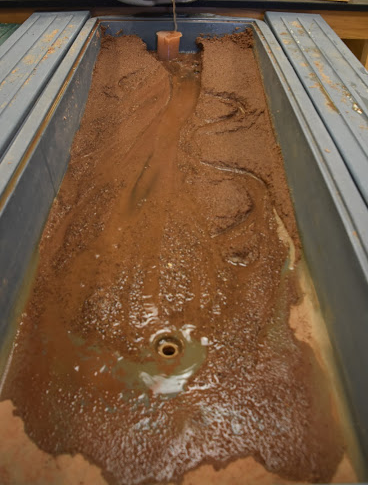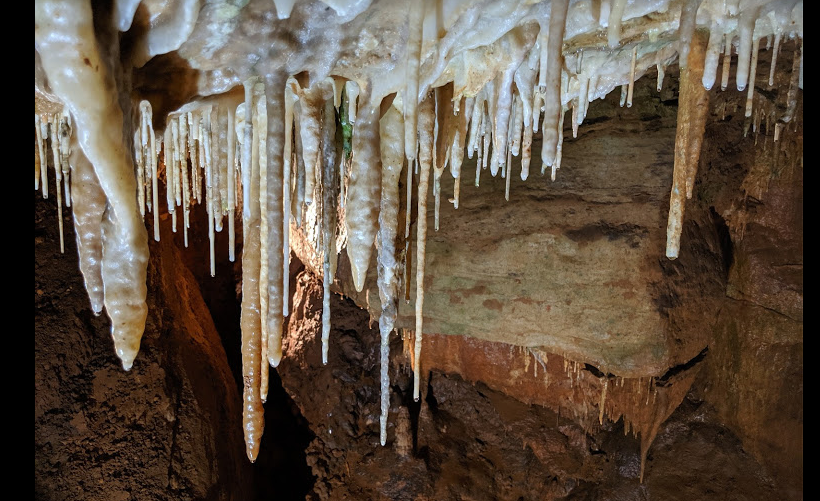Using Topographic Maps Lab
Image

In this activity, students will engage in a topographic map exercise. When a student is finished they will understand what contour lines, elevation, contour interval, contour index, and quadrants are. Students will analyze a map of Snowflake AZ, you can pick your own map if you wish, and discover why it is important to understand topographic maps.
For more Earth Science Labs and Resources visit EarthScience.xyz

